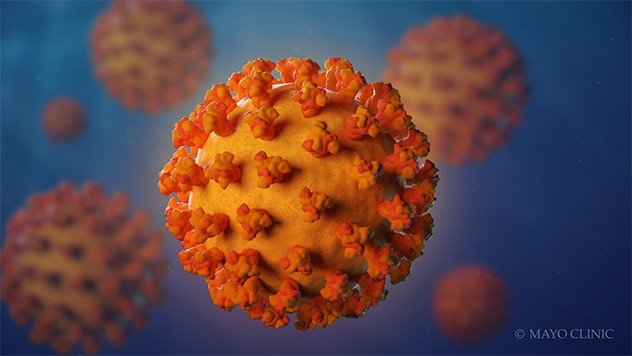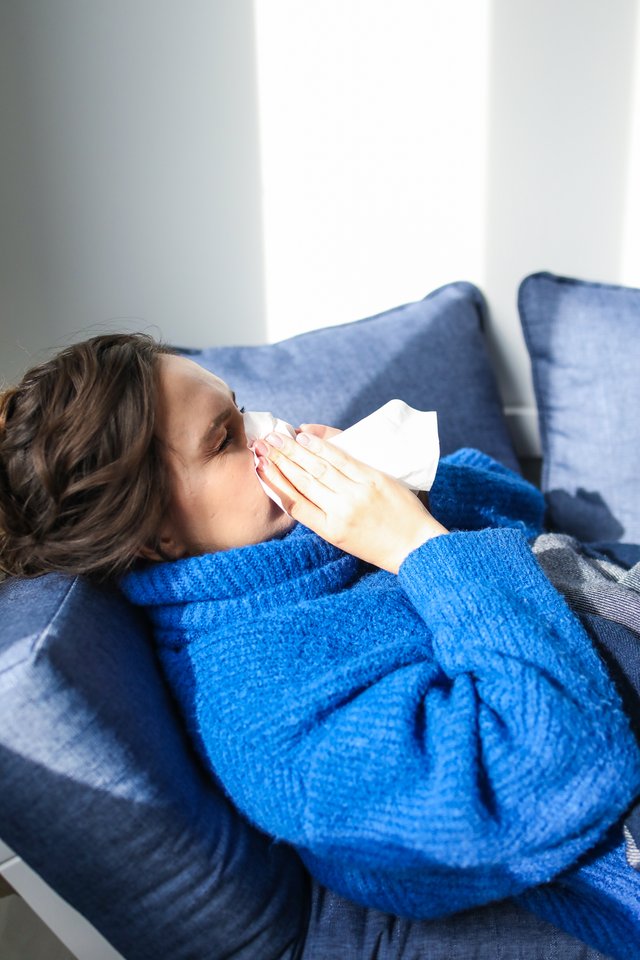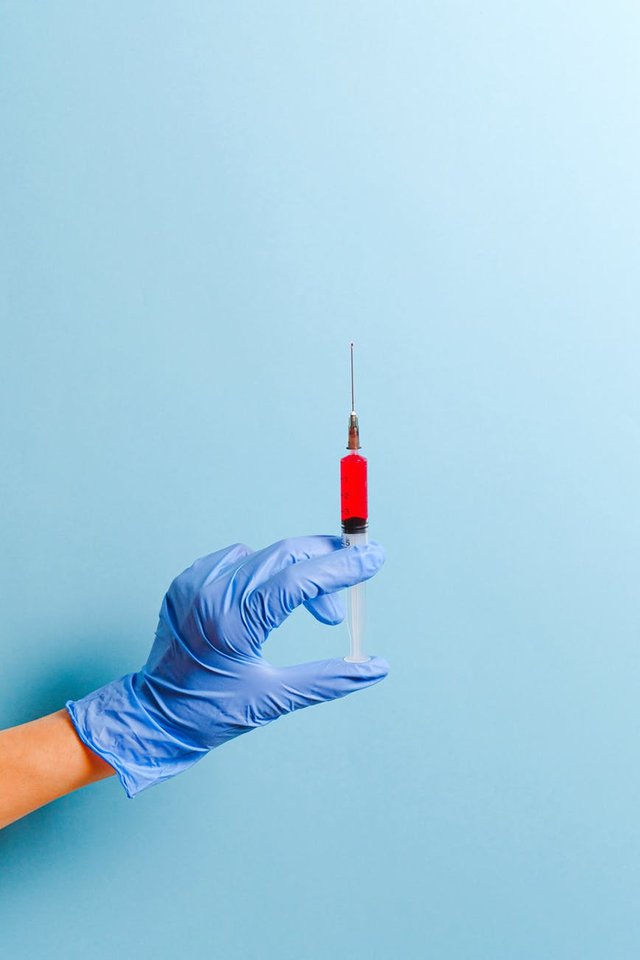Coronavirus: What does a nCoV19 do to our Human Body? (and How?)
With more than 147,800 infected and nearly 5,500 dead as of March 14, nCoV19, the villain of 2020, has spread to more than 110 countries.
Although there are still many doubts about this new virus that first appeared in the central province of Hubei in China, towards the end of 2019, it is estimated that the contagion occurs when we inhale small drops expelled through the cough or sneeze of a infected person.
Also when we come into contact with a surface contaminated by the virus.
We also know its symptoms: tiredness, fever and dry cough are the main ones, but also some patients may have pain, nasal congestion, sore throat and diarrhea, according to the information page of the World Health Organization.
But what exactly does the coronavirus do to our body? How does it infect you? And how does our body look after overcoming the disease?

Love at First Sight:
Any virus literally loves to thrive inside a living body. In case of the novel coronavirus, we are their 'Love at first sight'
Coronavirus is primarily a respiratory virus, and for this reason, it begins by infecting the throat.
When the virus enters our body —either through the eyes, mouth, or nose— it attaches itself to the cells of the mucosa of the bottom of the nose and throat.
Thanks to its lance-shaped proteins that protrude from the surface, the coronavirus can penetrate the membrane of these cells.
And once inside the cell, like the other viruses, it begins to give it the order to make more viruses.
This is the way the virus has to replicate, since being a microscopic acellular infectious agent, it can only multiply within the cells of other organisms.
Once the copies are ready, they leave the cell where they originated, destroy it, and begin to infect other cells.
Each virus can create between 10,000 and 100,000 replicas.
When this occurs, the body realizes that the virus is there and produces an inflammatory response to try to fight it.
So that's why we started to feel a little sore throat and we may have a stuffy nose.
The Long Journey:
The virus then goes into the bronchial tubes (the airways that go to the lungs) and there it produces an inflammation in the mucosa of these tubes.
This causes irritation and so we start coughing.
As this occurs, the inflammatory response increases because the body is fighting the virus, and as a consequence, fever appears .
It is at this point that we begin to feel bad and lose our appetite.

Pretty bad for you, isn't it?
According to an analysis by the World Health Organization based on the study of 56,000 patients, 80% of those infected will develop mild symptoms (fever, cough, and in some cases pneumonia), 14% severe symptoms (difficulty breathing and shortness of breath) and 6% will suffer a serious illness (lung failure, septic shock, organ failure and risk of death).
The situation may worsen if the virus "leaves the bronchial canal and reaches the lungs, where it causes inflammation ( pneumonia )."
If a sufficient portion of lung tissue is affected, it will be more difficult for the patient to breathe, because they cannot breathe out the 'bad air' and inhale the 'good'.
When the body cannot receive enough oxygen, the patient must be hospitalized and may need to be connected to a respirator.
Everything is fair in 'Love and War':
The problem is not only the infection, but the way our body responds to fight it.
To prevent infection from hijacking our cells, our bodies produce chemicals that are quite aggressive.
In the case of pneumonia, it creates congestion in the small air sacs at the base of our lungs (alveoli).
These small structures are those that normally fill with air, and through their walls the gas exchange takes place by which oxygen reaches the blood, and from there to the rest of the body.
But if these bags are full of infection, combined with our body's response to that infection, they have less capacity for air,
And if the body doesn't get enough oxygen this leads to respiratory failure, and the heart, not getting enough oxygen through the bloodstream, can't function.
Imagine that it is a war. There are two armies that fight each other, but sometimes the bombs hurt civilians. Or they can fall on the hospital, or the museum, but not on the enemy.
In other words, the response can be so powerful that it ends up damaging the tissue where the virus is found.
We call it collateral damage . It is what can happen when the inflammatory response is so vigorous that it adds to the problem of pneumonia.
This means that the infection does not need to move to another part of the body for an infected person to be in a critical state.
So... can the coronavirus also spread to another part of the body?

You Win or You Die:
A study published in March in the prestigious journal The Lancet is inconclusive, but also suggests that covid-19 "is not only capable of causing pneumonia, it could also cause damage to other organs such as the heart, liver and kidneys, as well like in bodily systems like the blood or the immune system.
Based on studies that have been done on SARS (severe acute respiratory syndrome), "cousin" of covid-19, we think it can go to other parts of the body.
This may partly explain why some infected patients have suffered from diarrhea and abdominal pain, problems that are not directly linked to a respiratory infection.
These diseases, says Schaffner, referring to SARS and MERS (Middle East respiratory syndrome coronavirus) look very similar in their most severe stages.
But to reach this conclusion, it will be necessary to know the results of the autopsies, and that information is just beginning to be revealed.
As for long-term damage, both in the lungs and in other organs, the specialist says that the vast majority make a full recovery.
Although also there are some reports of patients who, as a consequence of inflammation, may have some scarring in the lungs and a reduced lung function.
It will take time to determine this more precisely, and attention is now focused on acute cases of the disease.
We have not had time to think about the long term yet.
It's a Game of Thrones. You either win, or you die!
There is HOPE!
Fortunately, not everything is that bad! As per the reports, only the elderly are at risk. Those with diabetes or hypertension or both, are at risk.
The virus is already isolated successfully in labs, and research is undergoing actively to find a suitable vaccine. Although its human trial can take many months, and its market availability can take a minimum of 2-3 years.
Till then, our only hope is to contain the virus successfully!
I define HOPE with this picture of a tiny shoot growing into this earth, uncertain about its life, but still hoping to succeed.
HOPE IS EVERYTHING. :)

Thank You for reading till the end.
Here's my recent informative posts on Coronavirus which you may want to read:
- Coronavirus: We are very close to a global recession
- Coronavirus: What is the difference between Pandemic, Epidemic, and Endemic Infection?
- Coronavirus: The Risk of Homemade Hand Sanitizers
Follow me @nirmal if you want to get regular updates. I also run a Tech and SEO Blog HiTricks. If you are from INDIA, do visit my blog. :)
Finally, stay safe. Keep others safe. Peace. :)